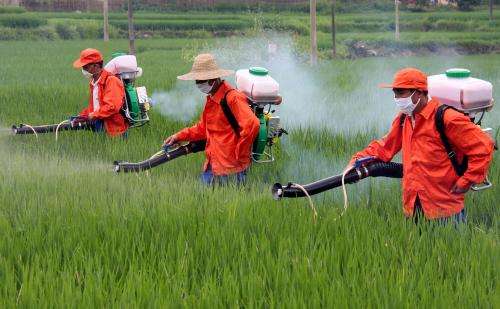


The European Commission has announced an important regulatory decision: it will ban the use of the herbicide Metribuzin across the EU. The original approval period for the use of the herbicide was to expire on February 15, 2025, but based on the latest risk assessment results, the ban will be officially effective before that date.
The decision is based on the professional judgment of the European Food Safety Authority (EFSA) on the assessment materials submitted by Estonia and Germany. EFSA's assessment report pointed out two key issues: first, Metribuzin meets the criteria for human endocrine disruptors, and there is a non-negligible human exposure risk in practical application scenarios; The second is that the compound has a potentially high risk to pollinators (especially bees), and this risk cannot be effectively controlled by existing measures.
While EFSA recognizes the existence of a variety of non-chemical control alternatives on the market, these alternatives still have limitations in terms of effectiveness and economics. In further reviews by the EU Standing Committee on Plants, Animals, Food and Feed, safety concerns related to Metribuzin have not been effectively addressed. To ensure a smooth transition, the EU has set a clear timetable for implementation: Member States are required to withdraw authorisation for plant protection products containing Metribuzin within six months of the entry into force of the ban, while each Member State may grant a "grace period" of up to 12 months after the entry into force of the ban at its discretion. It is important to note that the ban does not affect the right to resubmit applications for approval in the future with respect to Metribuzin.
Metribuzin is a triazinone herbicide developed by DuPont in the United States. Its mechanism is to inhibit the photosynthetic system of sensitive plants. The drug has a unique effect on annual broad-leaved weeds and some gramineous weeds. Sensitive weeds can germinate normally after application, but then the leaves fade to green and eventually die due to nutrient depletion. As of July 2024, Metribuzin has been approved for registration in a number of major agricultural countries and regions in the world, including China, Australia, the United States, Brazil, etc. Among them, the Chinese market has 21 active drug registration and 107 preparation registration.
From the perspective of the global market supply pattern of Metribuzin, AGROPAGES observed from third-party data that India was the largest source country of supply, accounting for about 59%, followed by China with 22%, the United States with 4%, and the rest came from Colombia, Germany and other countries. On the demand side, the United States is the largest importer, accounting for about 60 percent of global imports, followed by Argentina and Brazil with 8 percent and 6 percent, respectively.
Need help or have a question?
Send mail